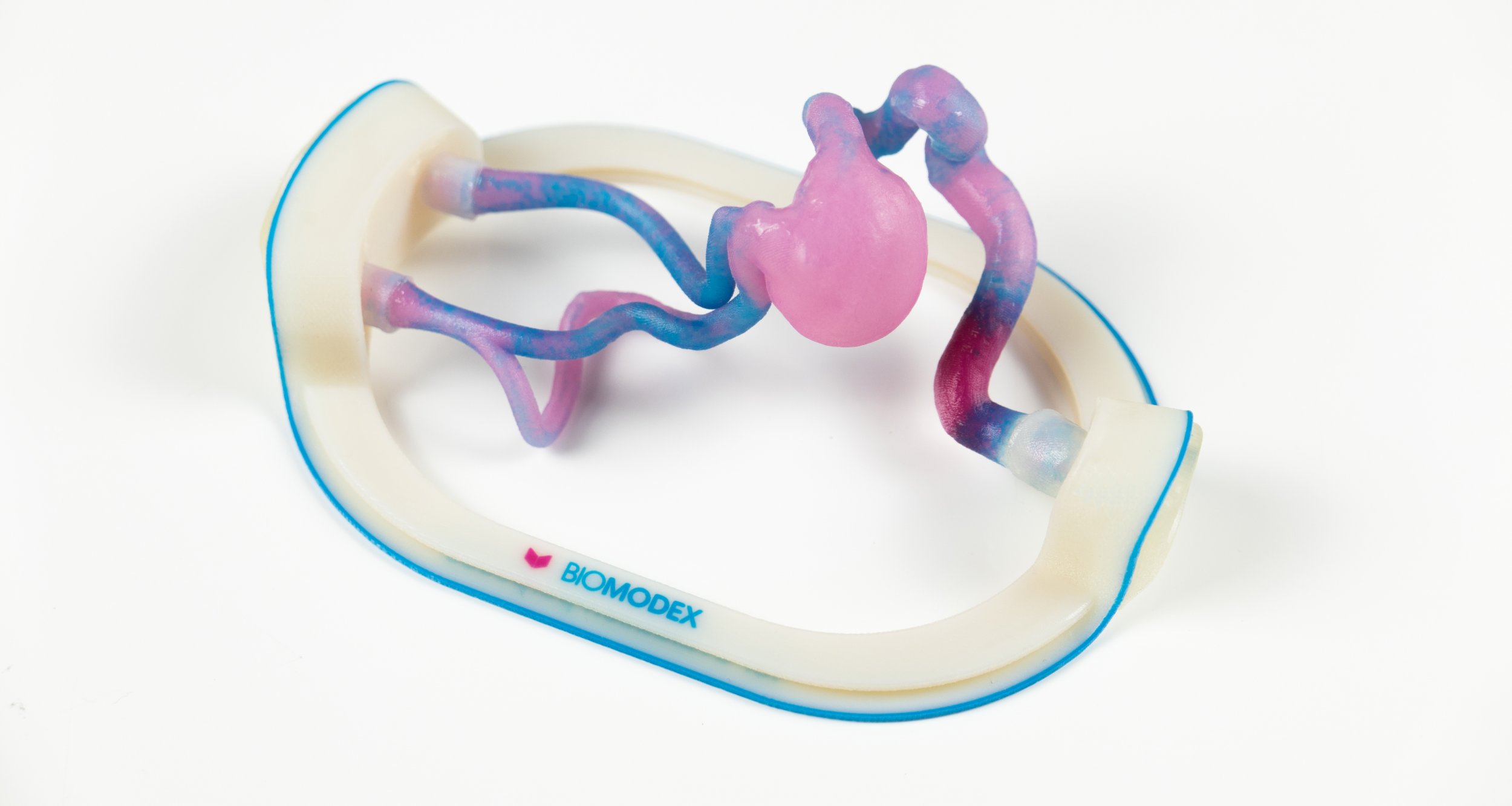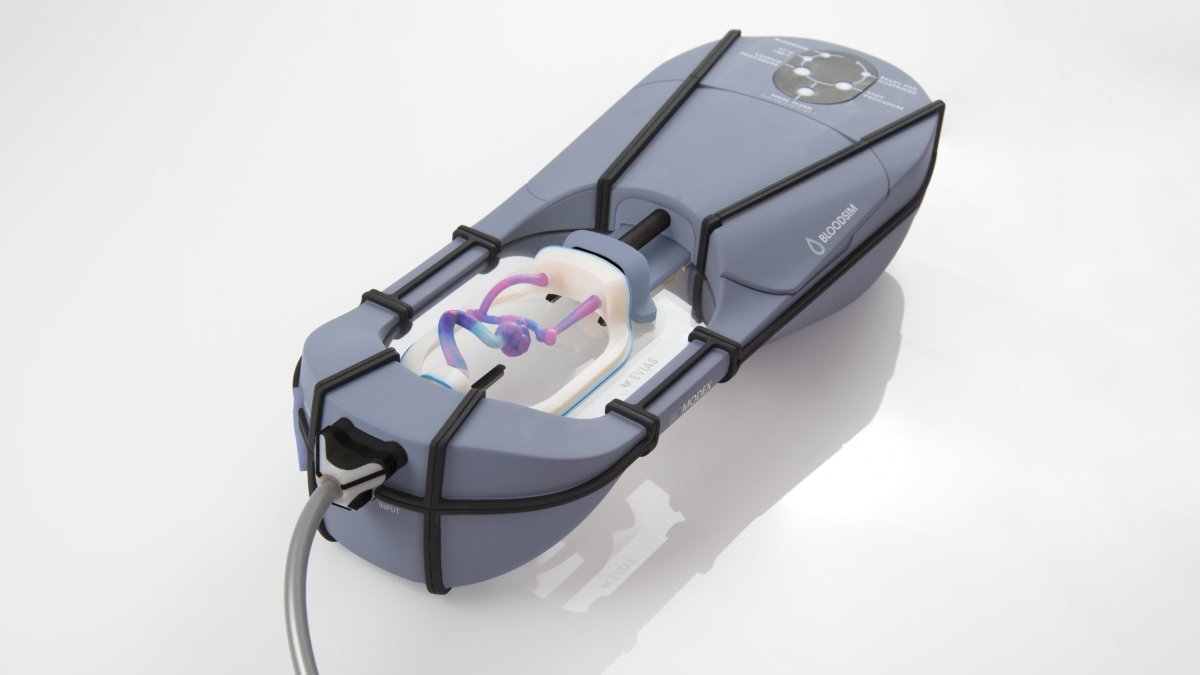
Surgeons can now hold a 3-D printed model of their patient's heart in their hands the day before an operation or they can check the size of a blood clot in the brain using a 3-D printed replica. This technology has cropped up in some hospitals around the country, giving doctors a way to test out surgical procedures before operating on the real thing. It's a method that can cut down planning time and potentially reduce risk, and within the next year the United States will get its first ever 3-D human organ printing factory.
Paris-based medical device company Biomodex announced Thursday it raised $15 million for the project from two European investment firms. It plans to open the factory in the Boston area within the next year, Carolyn DeVasto, global vice president of commercialization at Biomodex told Newsweek.
"Our goal is really about improving patients' outcomes by reducing risks," DeVasto said.

Last year the company opened its first factory in Paris. Surgeons from all over the world have already begun using the service by forwarding patients' CT scans or MRIs before a surgery. Typically, it can take five to seven days for a replica to arrive in the United States, but after the factory opens in Boston, it anticipates the turnaround time will be cut significantly.
"Our solutions will help surgeons choose the best medical device and operating strategy to reduce risks and improve medical and financial outcomes," Thomas Marchand, CEO of Biomodex told P&T Journal.
When the facility opens, doctors will be able to order organ replicas from the Boston location, but some hospitals are choosing to simply buy their own 3-D printers. Doctors at Baystate Medical Center in western Massachusetts are already using their own in-house 3-D printer for surgeries that are particularly tricky, like facial reconstructions, in which they print out jawbones after traumatic injuries. Doctors even use the replicas to educate patients, Dr. Michael Yunes, chief of the hospital's division of radiation oncology, told Newsweek.
"There is something special about being able to hand a patient a replica of their anatomy in 3-dementions that they can turn and twist and look at," he said. He will typically make two copies, one that the patient can take home with them and one for his own library.
Yunes uses 3-D printed replicas of tumors and the tissue that surrounds the tumors to make sure patients know the risks of surgery.
"I will have their actual tumor, their anatomy printed from a CT scan or an MRI, so I can physically bring a copy of their brain with their brain tumor to them and show them this is where it is," Yunes said. If a tumor is near a nerve or close to the brain stem, he can physically show them on the model, which he found is much more effective than trying to explain it with words.
Pediatric surgeon Kevin P. Moriarty told Newsweek that 3-D printing helps him with planning surgery at the hospital in Massachusetts. In one memorable case, he used a model to help figure out how to remove a large cyst that was adjacent to a child's heart.
"I do think it saves time because we have a road map," said Moriarty.
"Anything you can do to improve the quality of care for a patient – is worth it," said Yunes.
DeVasto says that Biomodex's synthetic organs will likely outperform others because of a patented algorithm that makes the tissues feel and act like the real thing. The models are then pumped with synthetic blood.
"So when the physician does the intervention they will get the same vessel friction but also the same stiffness and suppleness in different areas caused by surrounding tissue," she said. "It's a very realistic experience."
Uncommon Knowledge
Newsweek is committed to challenging conventional wisdom and finding connections in the search for common ground.
Newsweek is committed to challenging conventional wisdom and finding connections in the search for common ground.
About the writer
Lisa Spear is a science writing fellow at Newsweek. She's previously contributed to a number of other outlets including Time and ... Read more
To read how Newsweek uses AI as a newsroom tool, Click here.








